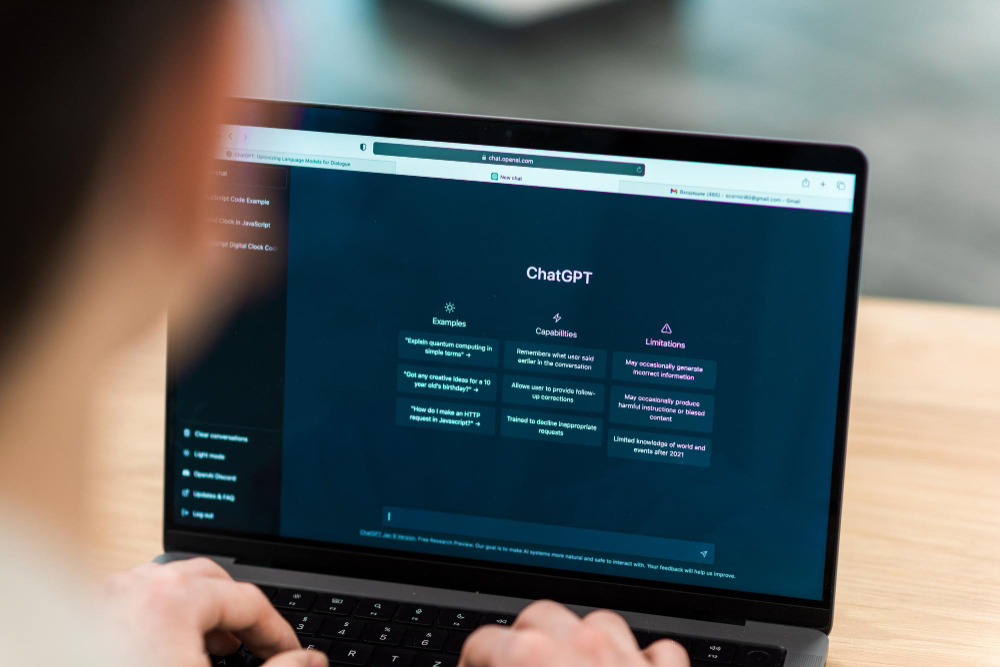By Patrick Thibodeau, Senior News Writer
----------------
Beaker, a ChatGPT-based tool from Hireology, assists in the creation of job descriptions using customer information, speeding up the process while still involving humans.
Hireology, a vendor of HR and recruiting tools, has integrated ChatGPT into its platform for writing job descriptions. The business thinks it may be the first HR tech platform to provide customers with this large language model as a tool. While it's difficult to say whether it's the first, one thing is certain: it won't be the last.

Prior to the introduction of ChatGPT, Hireology users had the option of writing a job description from inception or using the vendor's collection of available job descriptions as a starting point or template.
However, according to Adam Robinson, CEO and co-founder of the Chicago-based firm, the generative AI tool can now write a job description based on the type of position a customer is attempting to fill and what Hireology knows about that customer.
Robinson views the use of OpenAI's ChatGPT in job description writing as a risk-free test for its customers. Hireology's Beaker tool will shorten the time it takes to complete this job but will not eliminate emove humans from the process altogether. It is in beta, but customers can join up for it for free on a first-come, first-served basis.
Robinson is enthusiastic about the potential effect of large language models on human resources. (LLMs).
"I believe this is a before-and-after moment for ChatGPT," Robinson said. "This will set off an arms race in HR technology and the vendor ecosystem."
"I can't think of a bigger industry more ripe to adopt this technology for HR tech," he said. Robinson went on to say that anything in human resources that does not require human-to-human interaction has the potential for automation.
For example, Robinson stated that a future ChatGPT-enabled tool could search a company's candidate database and compile a list of everyone who applied for a position that is now available again. It would then send an email to these previous candidates informing them of the employment opening. "That's something that requires manual labor today," he explained.
According to Robinson, ChatGPT can save time in recruiting by responding to applicants and setting up schedules. He went on to say that GPT-4, which was released last week, is "completely capable of generating a conversation between a manager and a candidate to automate scheduling."
How analysts see it
The good news about LLMs, according to Ben Eubanks, chief research officer at Lighthouse Research & Advisory, is that they're "making AI very practical, tangible, and topical for the average [HR] practitioner, after years of it being a topic that wasn't top of mind." Eubanks has published a book named Artificial Intelligence for Human Resources.
Eubanks mentioned LinkedIn's use of the OpenAI GPT model to evaluate AI-powered job descriptions. LinkedIn is owned by Microsoft.
According to Eubanks, Textio, which creates a workplace language guidance system, has had a product called Flow since 2019, where users can produce job descriptions in just a few clicks.
"AI-powered content generation has recently become a lot more accessible for the technology provider community," he says.
According to Eser Rizaoglu, an analyst in Gartner's HR practice, ChatGPT technologies "will be embedded into current and new HR technology providers over the next one to three years."

GPT-4-based foundation models will be used for text generation and summarization of documents such as emails, conference notes, and transcripts. LMMs are also getting closer to "transcreation," which deals with text that machines have typically found difficult to translate, such as idioms, allegories, pop culture references, wordplay, and visual depictions.
According to Rizaoglu, HR technology leaders should favor vendors who "promote responsible model deployment by publishing usage guidelines, enforcing those guidelines, documenting known vulnerabilities and weaknesses, and proactively disclosing harmful behavior and misuse scenarios."
Patrick Thibodeau writes for TechTarget Editorial about HCM and ERP systems. He's been a business IT reporter for over two decades.
Source: TechTarget